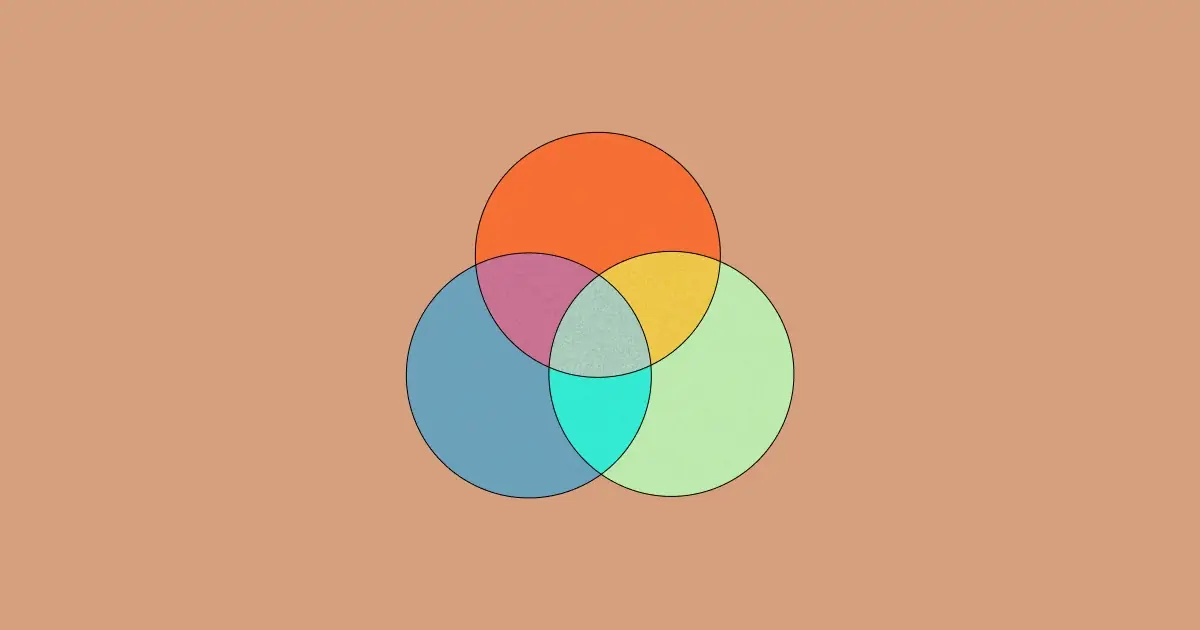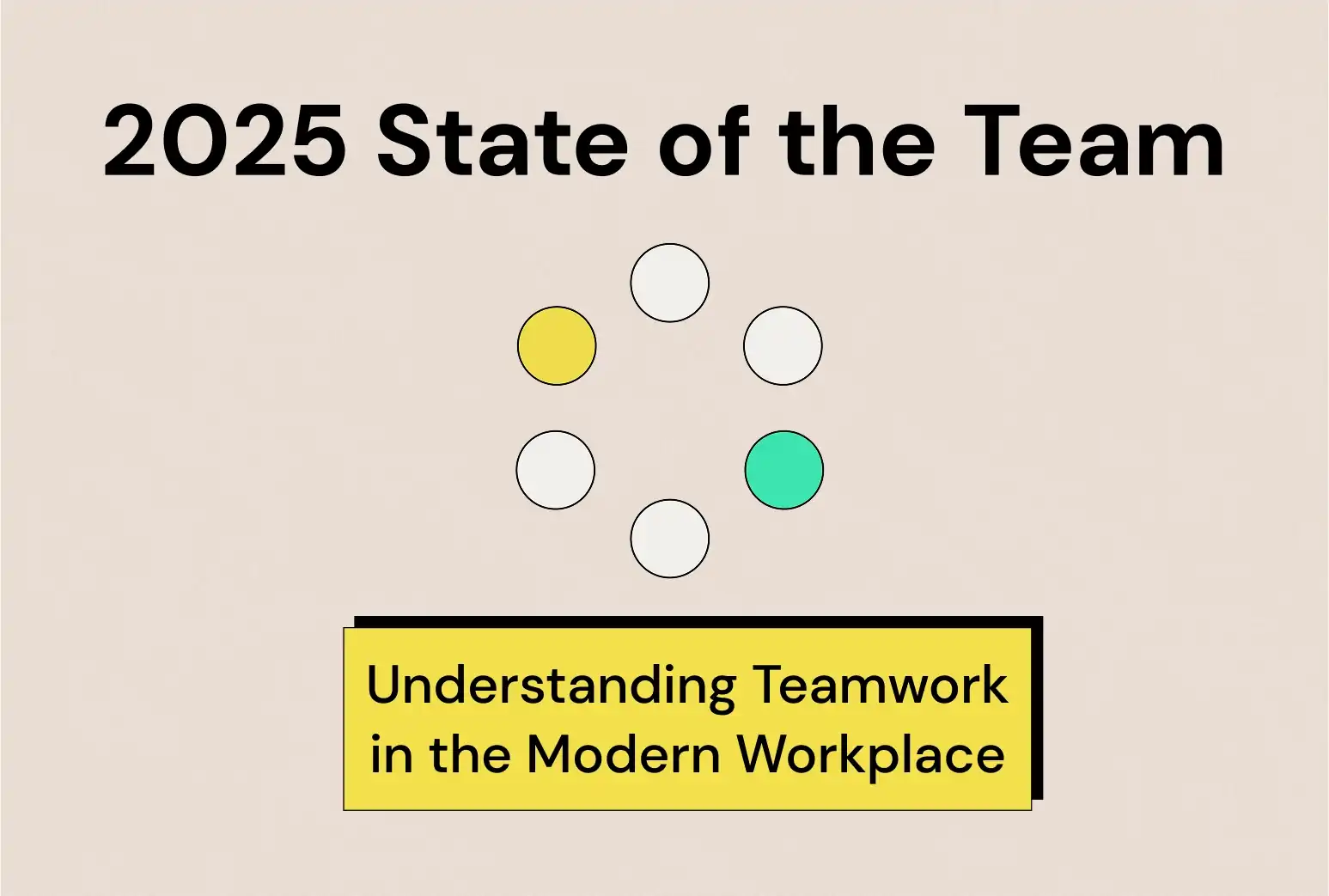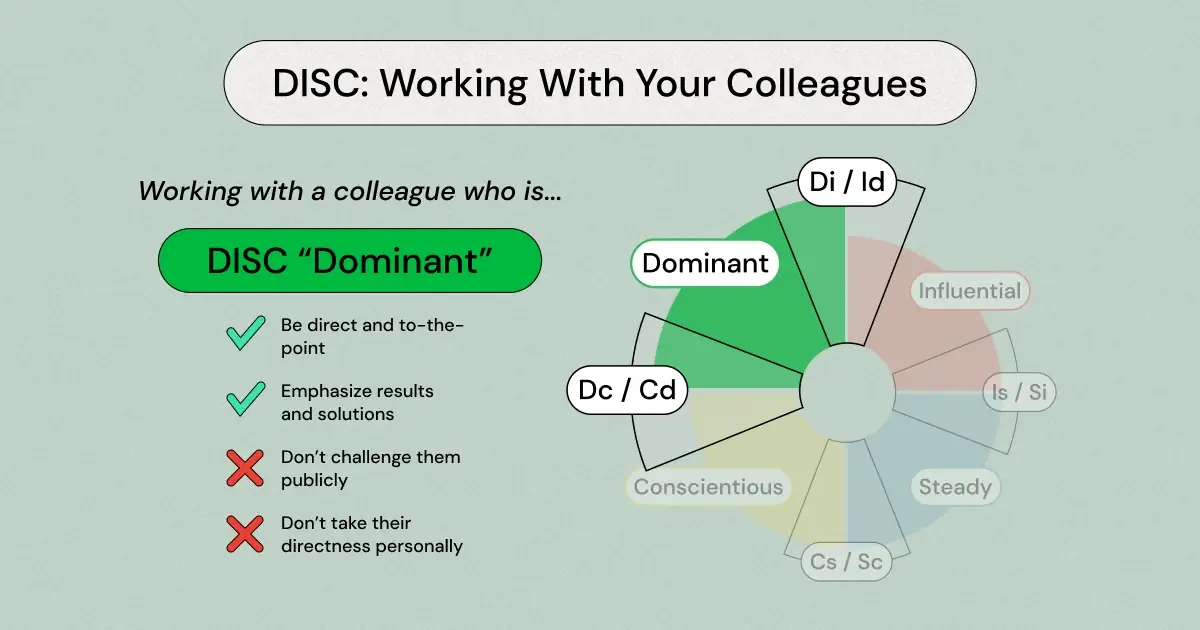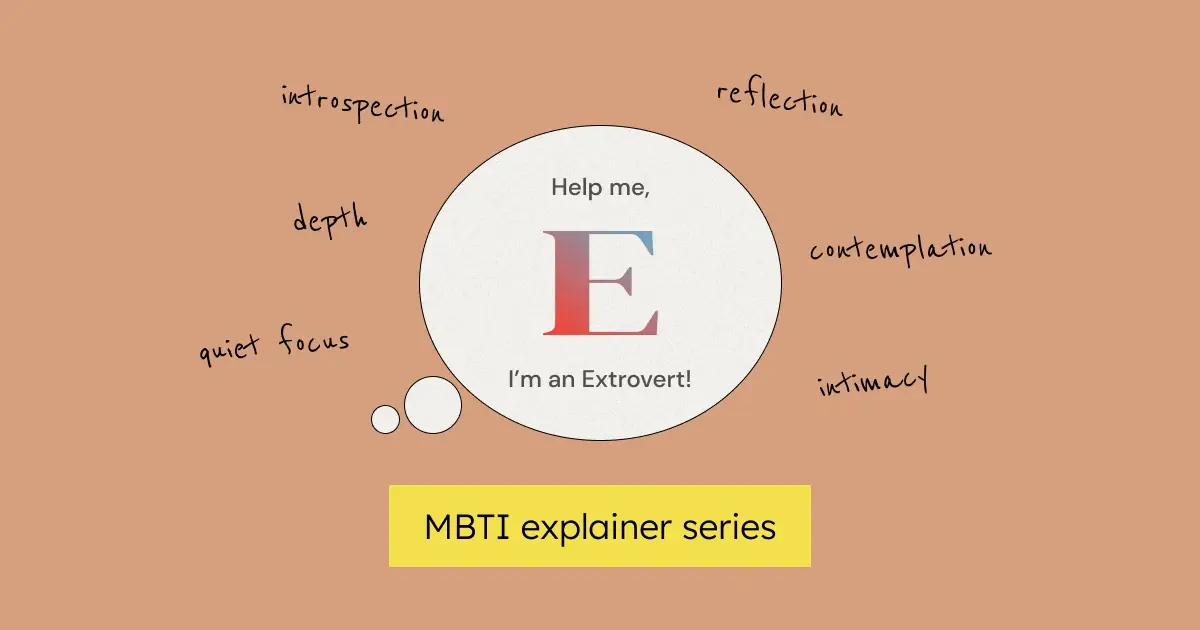Team dynamics refers to the way people interact and work together in a group or team setting. It includes the communication patterns, leadership styles, decision-making processes, and conflicts that arise within a group. Understanding and managing group dynamics is critical for separating high performing teams from merely average ones by improving team performance, productivity, and achieving goals.
If you want your team to perform at its best, analyzing your group dynamics is non-negotiable. You can't just throw a bunch of talented individuals together and expect them to work seamlessly without understanding the nuances of their interactions. High performance team dynamics don't happen by chance; they are grounded in a deep understanding of how the team collaborates and communicates to get work done.
Learn more about the intersection of neuroscience and team dynamics.
In this article, you will learn how to understand, assess, analyze and take action to improve your group's team dynamics.
Understanding Group Dynamics
Analyzing group dynamics is like peeling back the layers of an onion. It reveals the hidden factors that can make or break team performance, such as trust issues, communication breakdowns, and power struggles.
There are four elements of team dynamics that represent the core collaborative work that all teams do:
- Teams communicate to share information. For example, a technology product team shares the results of a recent A-B test to drive new user activation.
- Teams process and interpret shared information. For example, that same product team interprets the test results to identify the user onboarding journeys that most strongly correlate with the conversion of a new user into an active user.
- Teams decide on a course of action. For example, the product team then decides which elements of that onboarding flow to prioritize to develop first.
- Teams execute toward their objectives. For example, the product team then defines an implementation plan and begins to coordinate the development of prioritized features.
{{inline-cta}}
These elements combine to define the characteristics of high performing teams: how teams communicate, how leaders interact with the team (and how the team interacts with leaders), and how the team resolves disagreements.
Assessing Your Team's Group Dynamics
To assess your team's group dynamics, you can use tools such as surveys or interviews. Surveys can be a quick and efficient way to gather feedback from team members on various aspects of the team's dynamics. Interviews can provide targeted, in-depth insights into individual perspectives and experiences, and can be especially useful for identifying areas of conflict or tension within the group. When using these tools, it's important to ensure that they are designed to elicit honest and constructive feedback, and that the data is analyzed objectively to avoid bias or preconceptions.
Surveying your team with TeamDynamics is a powerful first step to gather robust, quantitative feedback from your team on all the key aspects of the team's dynamics. This personality test for team building helps you understand your team's behaviors, how you fit in, and how to improve.
As you set out to assess your team's dynamics, consider asking yourself, and your team members, the following questions:
- How does your team communicate to share information? Is it ordered, with information surfaced and shared through defined processes and forums? Or is it informal, with information surfaced and shared organically?
- How does your team process and interpret shared information? Does the source of the information matter when it is being evaluated (such as who on the team brought it up)? Or is information evaluated on its own merits without regard to the source?
- How does your team make decisions? Are they driven by consensus among team members? Or are they driven by direction from team leadership?
- How does your team execute its objectives? Are plans thorough, closely followed, and regularly updated? Or do lightweight plans favor agility and adaptability?
Assessing your team's group dynamics provides numerous benefits for improving team performance. It can help to identify and address issues such as poor communication, power struggles, or conflicting priorities that can hinder productivity and morale. Additionally, it can foster a culture of transparency, trust, and collaboration, and help to build stronger relationships and a more cohesive team overall. High performing teams model the behavior of assessing and addressing group dynamics proactively, and by doing so you too can create a more positive and effective work environment that supports individual and team success.
Analyzing Your Team's Group Dynamics as a Baseline Team Performance Assessment
Once you've collected data from your team dynamics assessment, the next step is to analyze it in order to gain insights and identify areas for improvement. One common approach is to look for patterns and trends in the data, such as recurring themes or issues that multiple team members have mentioned. It can also be helpful to group feedback into categories, such as communication, leadership, or teamwork, to gain a more holistic understanding of the team's dynamics and your team performance model. Finally, it's important to consider the context of the feedback and look for underlying causes of the issues, rather than just addressing surface-level symptoms.
Wondering whether you have a healthy, effective team? Looking for a great activity to use for team building? Download our free Team Health Scorecard and find out today.
Identifying strengths and weaknesses in your team's group dynamics involves analyzing the data collected during the assessment phase and looking for patterns and trends. This may involve identifying areas where the team is performing well, such as effective communication, collaboration, or problem-solving. Conversely, it may also involve identifying areas where the team is struggling, such as conflicts, poor decision-making, or lack of trust. By identifying both strengths and weaknesses, you can develop a more comprehensive understanding of your team's dynamics and take steps to improve them.
Improving Group Dynamics to Enhance Team Performance
Equipped with the knowledge of your team’s dynamics, you can then take action to improve your team’s performance.
Build your team by using your team dynamics to define team culture and values, combining your team’s core behaviors with your cultural aspirations to form a set of statements for how you operate as a team. Set actionable team norms grounded in your team dynamics, whether you’re forming a new team or taking leadership of an existing one. And use the team dynamics framework to conduct high-impact team offsite discussions that help you communicate more naturally, problem-solve more effectively, make better decisions, and execute more efficiently.
Manage your team better by leveraging your team dynamics to guide your coaching conversations, helping team members work better with the team as a whole, and finding more natural ways of working individually with others. Turbocharge cross-team collaboration by using the elements of team dynamics during cross-functional team kickoffs, describing to others how to work with your team, and defining the ways of working of the project team. And take advantage of your team dynamics to uncover the root issues when resolving team conflicts.
Wondering what better team dynamics could do for your team? Learn how team dynamics is key to building a high-performing team.
Team dynamics are also instrumental in recruiting and hiring more effectively. Use them to hone your recruiting pitch by equipping your entire team with the insights and language to emphasize to recruits how your team works and what makes it special. Apply your team dynamics during your interview process to assess the culture and team fit of candidates based on a concrete, systematic depiction of how your team works. And use team dynamics to accelerate new hire onboarding, sharing your team dynamics with any new hire during their first week to orient and integrate the new team member into the team’s culture and ways of working.
Conclusion
Failing to analyze group dynamics is like driving blindfolded. You might make some progress, but you're likely to run into obstacles, miss opportunities, and ultimately crash and burn. Don't be a reckless driver – take the time to understand your team's dynamics and steer them in the right direction.
Start by assessing your team's group dynamics, using a combination of quantitative tools like surveys and qualitative methods like interviews. Once you're equipped with the raw inputs from those assessments, analyze your team dynamics to understand key trends, commonalities, and differences; group these findings into themes that can then guide a targeted set of actions that improve how your team works.
If you're wondering what you can do to help your team get more done, and have more fun while doing it, focus on improving their team dynamics today.




.png)











































